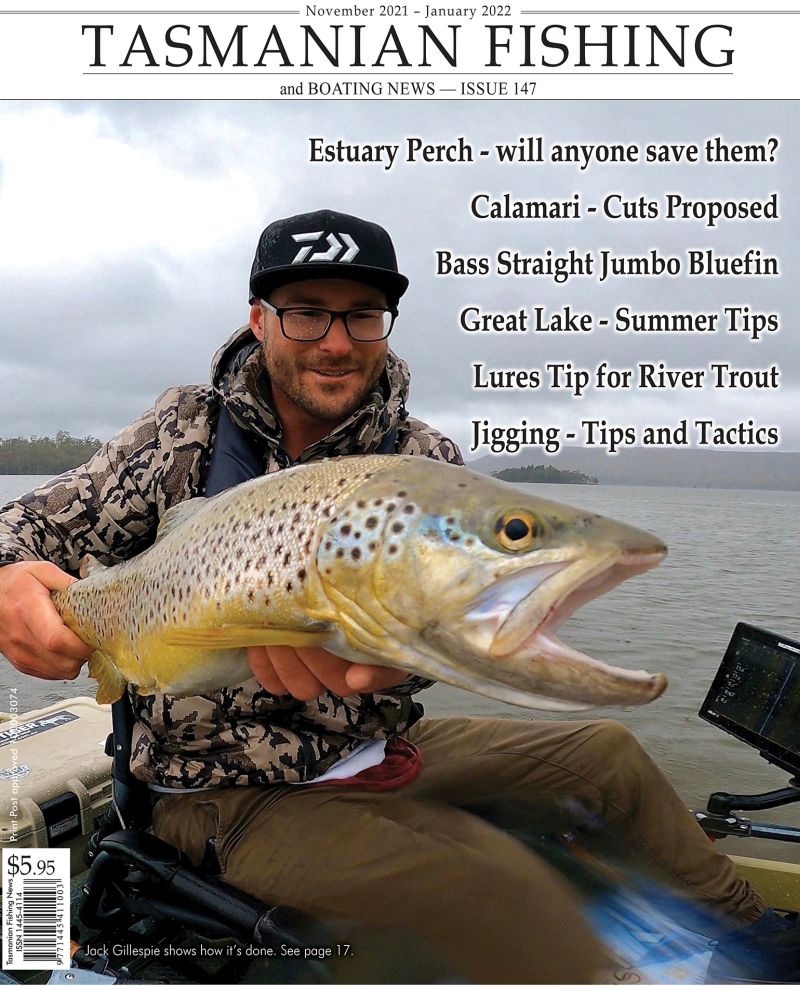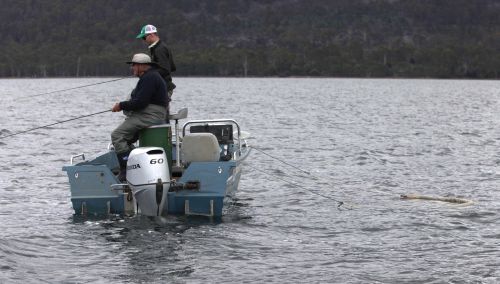Simple soft plastics techniques
Angela Woods
All this talk about soft plastics. "I would like to try them, but they all say I need a 2-5 kg fast tapered rod, special and expensive 2500 size reels, braided line, fluorocarbon leader material and jig heads in 10 different weights. It sounds all to hard and expensive, and what happens if I don't like it".
Well, you don't need all that stuff just to try it. It can cost under ten bucks for a packet or two of pre-rigged plastics. If you are keen check out how you can give it a try. And hey! A packet of plastics costs about the same as bait and most don't smell at all. You've gotta love that.
Here is good way to start
Go to your local tackle store and buy a couple of packets of pre-rigged soft plastics in 50mm to 75mm sizes, and in styles of minnow stick baits, sardine shaped, plastic fish and curly tail, these are a great starting point. Ask for suggestions from the tackle store assistant. If they aren't helpful, go to another store.
There are plenty of brands on the market like Firebaits, Storm, Tsunami and Bonzo to name a few. These plastics have a weight built into them ready to go. These pre-rigged soft plastics will swim straight out of the packet in a nice and straight line.
Next grab your favourite spinning rod with your favourite mono line up to 15lb or a light boat rod 6 to 8 foot, or what ever you use for casting lures.
For trout
You are at your favourite lake, dam or river, Tie on the pre-rigged soft plastic lure to your mono line, I like to tie a uni knot but your usual knot will do.
Before casting let out about 1 to 1.5 metres of line and dunk the lure into the water - watch the lure sink and take note of the action and the way the lure swims down in the water. A straight tailed lure will not have much movement. Jig the lure up and down. Now you have brought it to life. If it is a curly tailed lure you will see the tail work as it sinks. Now jig this one up and down with the rod and you will be amazed at how it swims. Now move the rod to one side dragging the lure along in the water and watch it swim. Now do it again but this time jig it up and down as well as dragging it along. Now you can see what the lure does in relation to how you move the rod.
You can start fishing now. Cast out into a fishy looking area or even into the open water.
Most pre-rigged soft plastics weight systems or inbuilt sinker systems are heavy so they sink quickly, so if you are in a snaggy area start your retrieve soon after the lure hits the water.
Try and start in a depth of 2 to 3 metres of water.
Retrieve
Start by taking up the slack with the rod pointing towards where the lure hit the water. Just lift the tip of the rod up to 12 O'clock point it back to the water and wind up the slack as the rod goes down and then repeat. Try to watch your lure come into view as quite often fish will follow the lure to the surface. If you see a fish following you can just let the lure sink. The fish will usually follow and a hook up can be the result or the fish is spoked as it spots you.
I have caught a lot of fish with just over one metre or so of line in the water and jigging the lure beside the boat when the fish follow the lure in.
Another basic retrieve is to try to cast out the lure and let it sink, as it is sinking take up the slack in your line with the rod tip pointed to the lure, and instead of a gentle lift of the rod tip lift it up quickly to 12 O'clock then wind up the slack in the line pointing the rod tip to the lure and repeat. After a couple of rips slow to a gentle lift and a strike can occur.
For the saltwater
Australian salmon
The fish are boiling. Cast your lure into the fish and just let it sink, pause for a few seconds then if there is no strike lift the rod tip to 12 O'clock then drop the rod tip towards the water and wind in a few meters of line then lift again then repeat. Quite often the bigger fish are under the boiling fish. If there are still no strikes cast into the fish and hold the rod tip at 10 O'clock and wind fast enough so that the lure sits on top and looks like a bait fish trying to escape.
Flathead
If you are fishing out of a boat choose an area preferably where there is a sandy bottom. Tie a pre-rigged soft plastic to your line and drop it over the side until it hits the bottom. Sit your rod in the rod holder or hold onto your handline, sit back and watch the tip of your as the boat drifts along. If there is are flathead about, and on the bite, you will soon know about it. Flathead are suckers for soft plastics, and the best part about it is you don't normally have to do anything to get them to bite.
Conclusion on soft plastics
There are no must do retrieves so spice it up to find the one that suits you that time as next time it will most likely change to something else.
The main thing is that these soft plastic lures catch a lot of fish so don't give up trying, also try to find someone who is successful and ask them to teach you or ask if they will go fishing with you.
The biggest mistake people make when fishing with soft plastics is to fish them too fast, so if you are not catching anything slow it down, increase the pause time between retrieves or change your style.
The pre-rigged soft plastics can be trolled with great results, the benefit of trolling pre-rigged soft plastics is that they will swim straight and not spin. Anyway trolling is another story.
Another thing to warn you about, you may catch a lot more fish and you will become hooked and you will want to take it to the next level.
Remember only to only keep what you need for a feed. It feels good when you can say you caught 18-21-30 fish but only kept a few to eat.
Angela Woods



